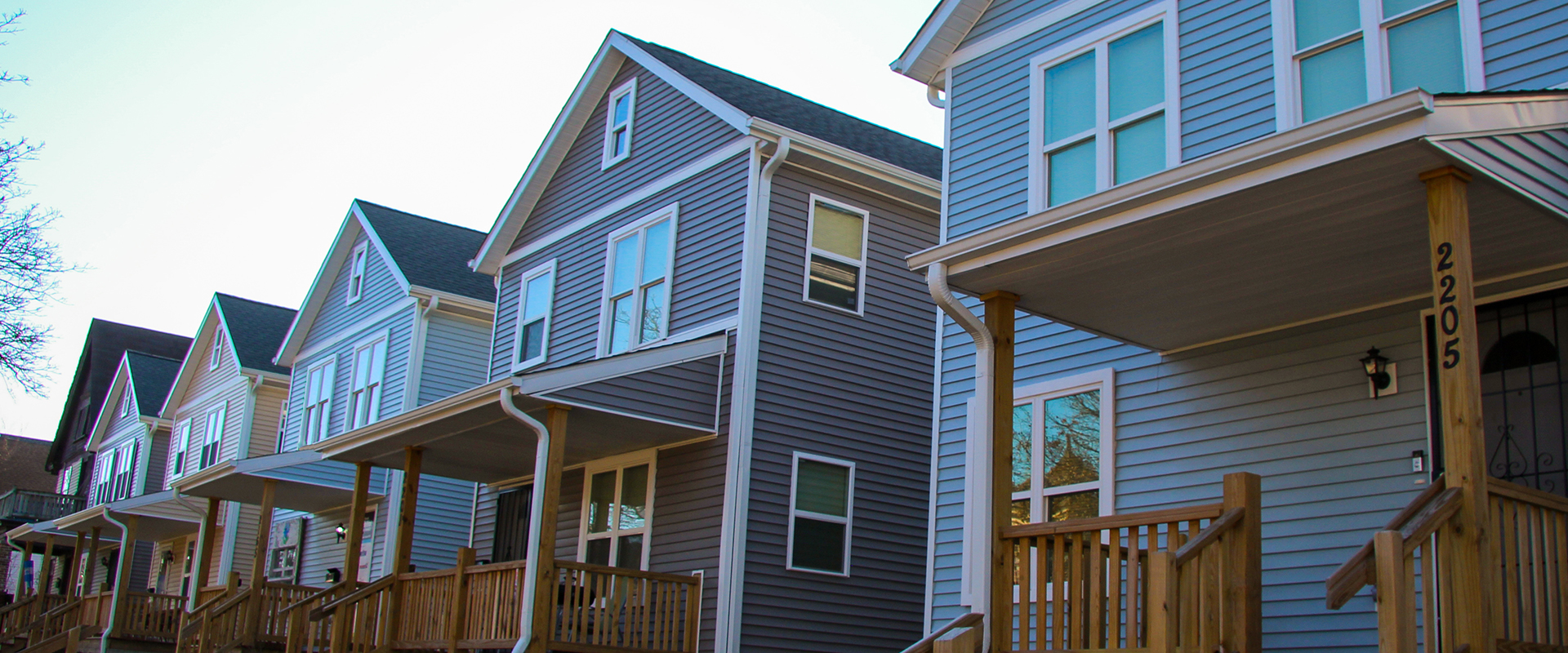
Milwaukee Habitat for Humanity; a nonprofit helping families in need of safe, affordable housing; today announced it is launching a neighborhood revitalization project in Harambee. With an initial grant of $1 million from Bader Philanthropies, Inc., Milwaukee Habitat for Humanity will be building 40 new homes and ensuring current homeowners can avoid foreclosure and stay in their homes by completing 20 critical repair projects in Harambee over the next four years, which is anticipated to serve more than 200 of the community’s residents. Milwaukee Habitat for Humanity hopes to break ground on the project in Harambee during the spring of 2020.
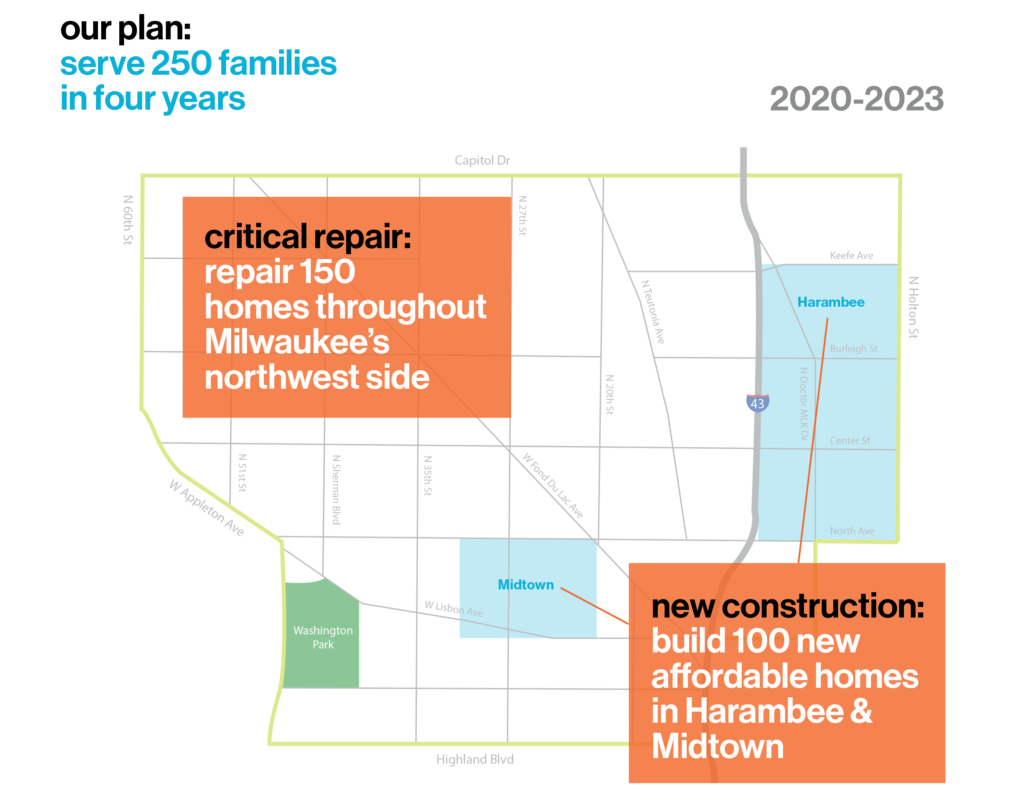
The $1 million grant kicks off a larger neighborhood revitalization project to serve 250 families in need of safe, affordable homes between 2020 and 2023. Together with Bader Philanthropies and all of its crucial supporters, Milwaukee Habitat for Humanity will invest more than $18 million to build 100 new affordable homes in Harambee and Midtown and repair 150 homes throughout Milwaukee’s Harambee and northwest neighborhoods. Milwaukee Habitat will be working on the Harambee project as it continues to build, rehab and repair 100 homes in the Midtown neighborhood, which it started in 2018, as well as providing affordable home repairs throughout Milwaukee’s northwest side.
“This first grant from Bader Philanthropies increases our capacity to begin work in Harambee in 2020, a year earlier than planned, while still meeting our commitment to build, rehab and repair 100 homes in Midtown,” said Brian Sonderman, executive director of Milwaukee Habitat for Humanity. “In fact, we will be able to extend our commitment to Midtown and work in both neighborhoods concurrently in 2020 and 2021.”
According to the Wisconsin Policy Forum’s The Cost of Living report (2018), Milwaukee is “the most cost-burdened city in the Midwest for renters.” One out of three families in Milwaukee can’t afford the average rent for a two bedroom apartment, according to the 2019 City of Milwaukee Housing Affordability Report. There is also a great need for safe, affordable housing in Harambee. Even though nearly half of Harambee residents live in poverty, median rents are more than $800 per month, which is similar to areas near Humboldt Park and Bay View, where poverty levels are less than 10%. The average family in the Harambee neighborhood earns $19,300 per year; according to the Harambee Neighborhood Profile, prepared by Data You Can Use with support from the NonProfit Center; yet the majority of Harambee residents are renters. In Harambee only 22% of the homes in Harambee are owner-occupied, and the rest are renters.
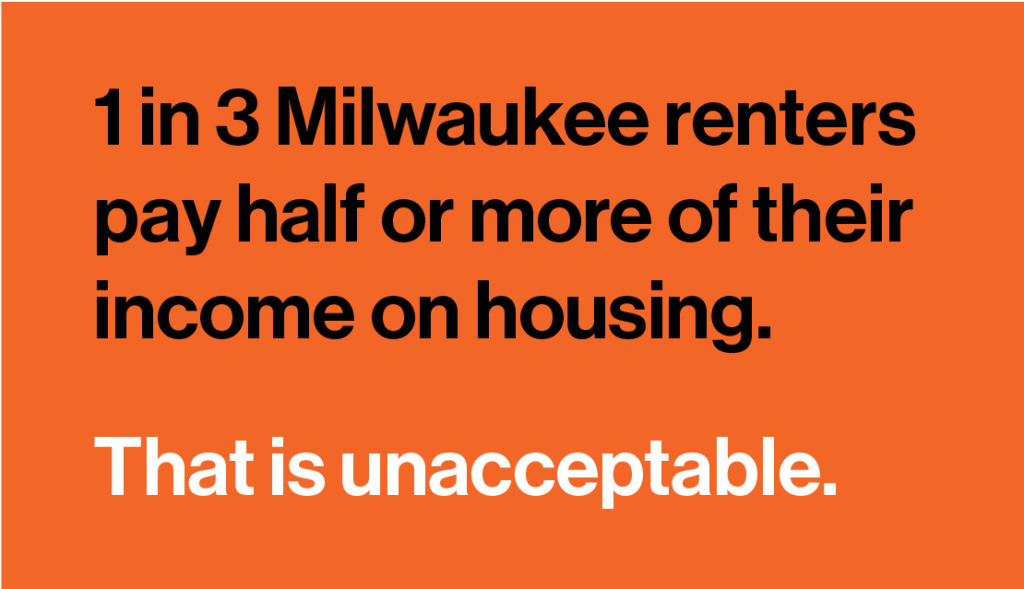
“Today celebrates what is possible when we take the time to listen, visit with one another and come together to make a difference,” said Daniel J. Bader, president and CEO of Bader Philanthropies. “Milwaukee Habitat for Humanity’s steadfast commitment to affordable and safe housing will spark hope in our neighborhood. We look forward to seeing children run up and down the block and neighbors visiting with one another on a warm summer day. And, we will feel a sense of peace knowing that our elders are safe in the homes they have lived in for decades.”
Bader Philanthropies also recently awarded $100,000 to the Greater Milwaukee Foundation for the anti-displacement fund to prevent gentrification in growing neighborhoods around downtown Milwaukee by helping homeowners pay their increasing property taxes. It is a new initiative to support lower-income, majority-minority neighborhoods around downtown. Applications are due January 3 for the anti-displacement fund’s first year.

Homeownership is a crucial foundation for helping low-income families find a path out of poverty. When they move out of substandard housing and into simple, decent, affordable homes, homeowners and their families frequently improve their health, educational attainment, safety and personal wealth. According to The U.S. Department of Housing and Urban Development, studies have shown that “homeowners accumulate wealth as the investment in their home grows, enjoy better living conditions, are often more involved in their communities, and have children who tend on average to do better in school and are less likely to become involved with crime.”
By clustering the homes, Milwaukee Habitat is able to have an impact beyond one family and one home as it transforms entire blocks. Clustering Milwaukee Habitat projects decreased crime by 46% on the blocks where it has built new homes in the Washington Park neighborhood and by 30% in the neighborhood overall.
Alderwoman Milele A. Coggs has been highly involved as the plans have developed, including approving the purchase of vacant lots from the City of Milwaukee.
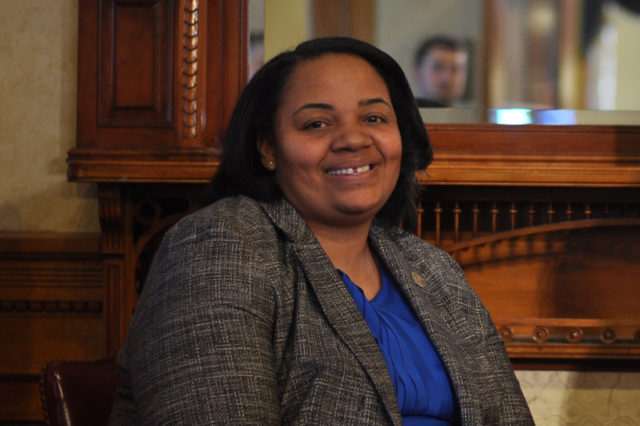
“I remember the excitement of moving into our home in the Harambee neighborhood,” said Alderwoman Milele A. Coggs. “It is more than a place to raise my daughters, enjoy time with family and rest at night. It is place where I am part of a community of people who know one another by name and care for one another like family. Milwaukee Habitat for Humanity’s bold commitment will help us welcome people who will proudly call Harambee home.”
Milwaukee Habitat is making home ownership affordable for low-to-moderate income first-time home buyers. For current homeowners, it offers affordable repairs for critical maintenance issues like plumbing and electrical hazards or leaking roofs. Families that qualify for Milwaukee Habitat homes are earning 30% to 80% of Milwaukee’s median income and typically do not qualify for traditional lending products or cannot afford to pay market-rate to make much-needed repairs so they can stay in their home.
On average, Milwaukee Habitat homeowners spend 24% less per month on housing compared to what they had previously been paying for rent. In addition to helping families put a decent roof over their heads, Milwaukee Habitat prepares them to become successful homeowners. Milwaukee Habitat homeowners complete between 210-370 hours of sweat equity, based on family size, helping to build their own home and the homes of their neighbors, completing 35 hours of financial education, and participating in neighborhood leadership and home maintenance courses.
“When I found out about Habitat for Humanity, it was like the perfect package,” says Haynie Smith, who purchased his Milwaukee Habitat home in 2017. “I can be an inspiration to the community and create positive change, while learning to become a homeowner.”
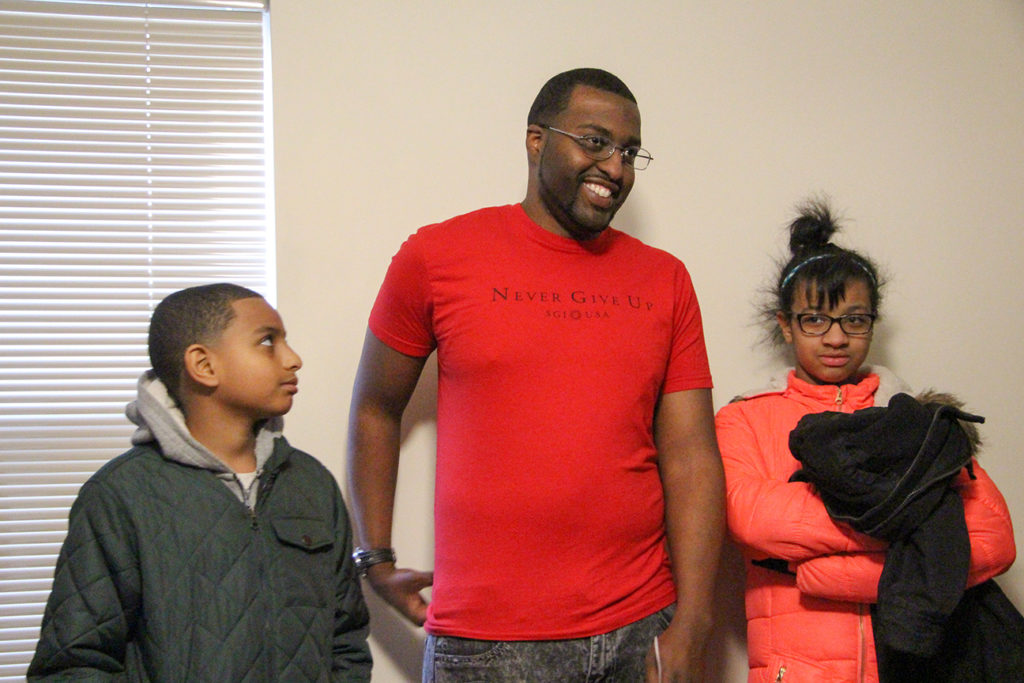
Milwaukee Habitat is currently collecting baseline data from Harambee residents about access to amenities (transportation, parks); resources in the neighborhood (access to jobs, non-profit organizations); safety and concerns (speeding, crime, quality of public spaces); as well as aspirational characteristics (what do residents want to see happen in their neighborhood). Milwaukee Habitat will work with residents and other organizations to share the findings and develop a neighborhood plan.
“One of our main goals with this project will be to improve the quality of life through both understanding and responding to residents and helping to foster additional resident engagement in the neighborhood,” said Sonderman. “Harambee already has many characteristics that will contribute to this project’s success, including high levels of resident engagement and commitment to revitalization, strong partnerships among residents, service organizations, businesses and churches.”
Milwaukee Habitat is now hosting weekly orientations and qualifies families on an ongoing basis, accepting applications year-round. Interested families should visit this page to sign up for upcoming orientations.
In 2013, Milwaukee Habitat implemented a Neighborhood Revitalization strategy to significantly contribute to the sustainable transformation of neighborhoods. Through spring 2018, Milwaukee Habitat clustered Habitat homes in Washington Park. In 2018, 57% of the families Milwaukee Habitat served were single-parent, female-headed households. There are now 225 Habitat homes in the neighborhood. From 2018-2021 Milwaukee Habitat for Humanity is building, rehabbing and repairing 100 homes in Midtown, in addition to the 140 Habitat homes built previously in the neighborhood.
Since its founding in 1984 and with a base of 2,800 annual volunteers, Milwaukee Habitat has served more than 1,300 families through new construction, rehabs and repairs in neighborhoods throughout Milwaukee establishing safe housing for residents in the Amani, Harambee, Metcalfe Park, Midtown, Park West, Walnut Hill, and Washington Park neighborhoods.
# # #
About Milwaukee Habitat for Humanity
People in our community and all over the world partner with Habitat for Humanity to build or improve a place they can call home. Habitat homeowners help build their own homes alongside volunteers and pay an affordable mortgage. With our help, Habitat homeowners achieve the strength, stability and independence they need to build a better life for themselves and their families. Since 1984, Milwaukee Habitat has served more than 1,300 families in the Greater Milwaukee community through affordable home ownership and repairs, while providing housing solutions for more than 2,300 families in developing countries.
About Bader Philanthropies, Inc.
Milwaukee-based Bader Philanthropies, Inc. is a philanthropic leader in improving the quality of life of the diverse communities in which it works. Through the Helen Daniels Bader Fund and the Isabel and Alfred Bader Fund, the organization funds innovative projects and programs, convenes partners, and shares knowledge to affect emerging issues in key areas. Since its founding in 1992 as the Helen Bader Foundation, the organization has committed more than $300 million in grants and program-related investments, such as loans and equity investments that advance its charitable mission. For more information on Bader Philanthropies, visit www.bader.org.

